Outdoor Hydroponic Tower Garden
Outdoor Hydroponic Tower
Here you'll find the plants included in your subscription package — handpicked for their flavor, freshness, and ability to thrive outdoors.
🌱 Each one is ready to grow strong and healthy with just water, light, and a little love.
Click HERE to Download a garden layout for your medium veggie garden for layout examples.
The Plants
Alpine Berries

Plant to Harvest:
90–120 days
Tip:
Use deep channels and ensure root zone stays above 40°F (5°C); protect with clear plastic tunnel.
Sage

Plant to harvest:
75–90 days
Tip:
Grows slowly in cold. Use net pots with good drainage and insulate roots with foam or thermal wrap.
Celery

Plant to harvest:
100–130 days
Tip:
Requires stable temps. Wrap pipes or troughs with insulating material and use warm nutrient solution.
Bunching Onion

Plant to harvest:
60–70 days
Tip:
Very hardy. Maintain water temps between 45–65°F; cover with plastic sheeting to block icy wind.
Butter Lettuce

Plant to harvest:
45–55 days
Tip:
Ideal for hydroponics. Use floating raft systems and row covers to trap heat and extend growth.
Tuscan Kale

Plant to harvest:
60–75 days
Tip:
Excellent winter crop. Add air stones to avoid root chill and oxygenate in cold water.
Freckle Lettuce

Plant to harvest: 45–55 days
Tip:
Grows well in raft systems. Use transparent cover or cold frame to maintain ambient warmth.
Red Lettuce

Plant to harvest:
45–60 days
Tip:
Protect from frost with clear lids or domes. Choose fast-draining media to avoid freezing roots.
Arugula

Plant to harvest:
35–50 days
Tip:
Fast grower in NFT or raft systems. Will tolerate cold but grows slower—add thermal mass if needed.
Baby Broccoli

Plant to harvest:
55–65 days
Tip:
Use large buckets or vertical towers; ensure roots are not submerged in cold water.
Bell Pepper

Plant to harvest:
70–90 days
Tip:
Not frost-hardy. Only viable with heated water & heavy row covers or portable tunnel greenhouses.
Mustard Greens

Plant to harvest:
35–50 days
Tip:
Cold-tolerant leafy crop. Grow in raft or NFT; supplement with sunlight-reflective plastic mulch.
Red Russian Kale

Plant to harvest:
50–65 days
Tip:
Hardy. Oxygenate water and prevent freezing in piping. Does well even in very cool temps.
Dwarf Cherry Tomato

Plant to harvest:
65–75 days
Tip:
Needs warmth. Use black plastic pots, thermal water, and wind barriers to maintain 60°F+ conditions.
Marigold

Plant to harvest:
50–60 days
Tip:
For pest control or decor: plant in net cups, and protect with dome covers in low temp dips.
Dwarf Cherry Tomato

Plant to harvest: 55-70 days
Tip:
This tomato is perfect for hydroponic systems, as it grows to be only 18-24 inches in height. It is also heat
tolerant, and needes 12-16 hours of light per day. Regularly monitor nutrient levels in the water to support fruit
development.To ensure a great harvest, you may need to hand-pollinate the flowers since these plants rely on wind or
insects for pollination in outdoor environments.
Armenian Cucumber
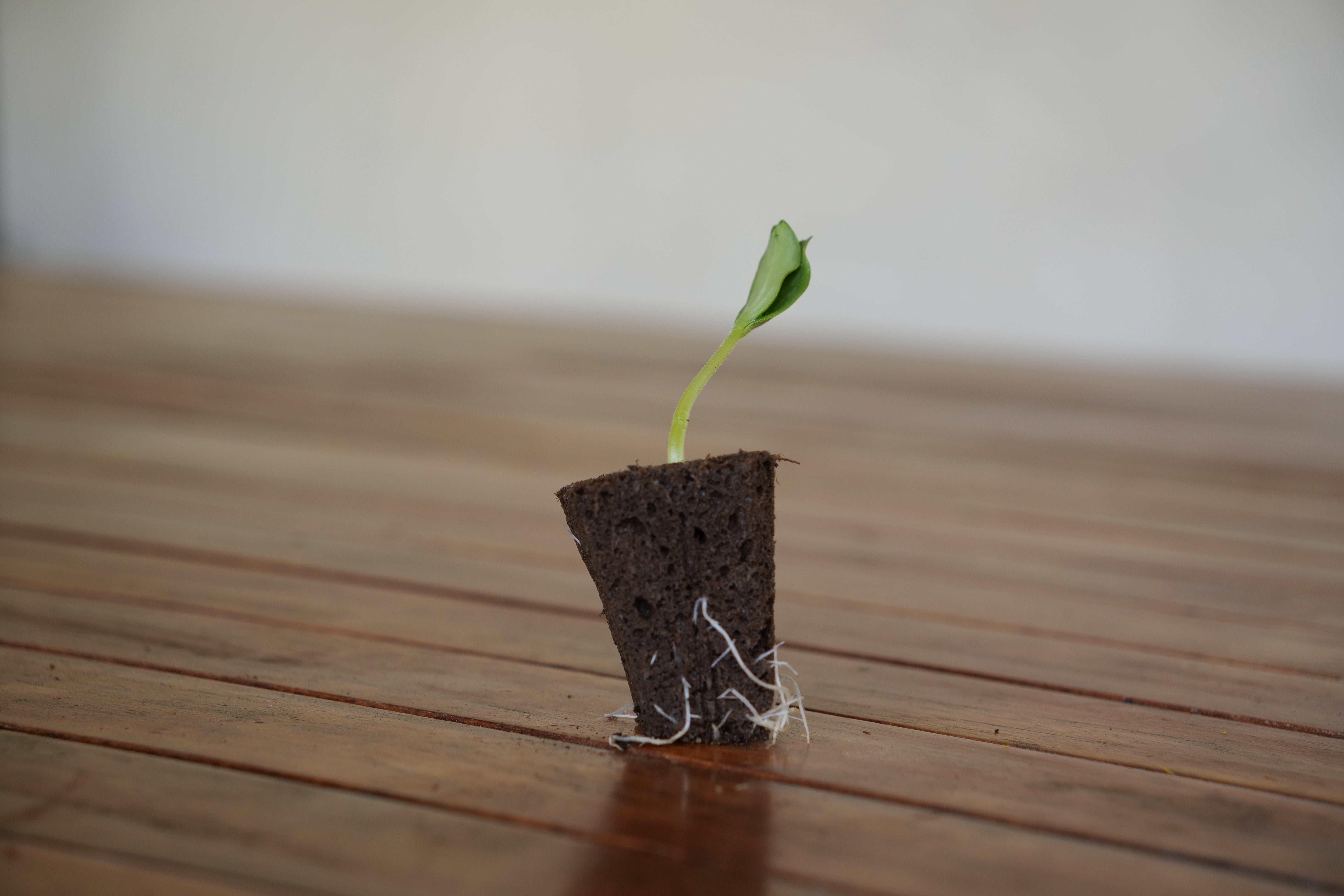
Plant to harvest: 70-90 days
Tip:
In hydroponics, Armenian cucumbers thrive with support from a trellis, allowing them to grow vertically. These are perfect for hot climates.
Jalapeno
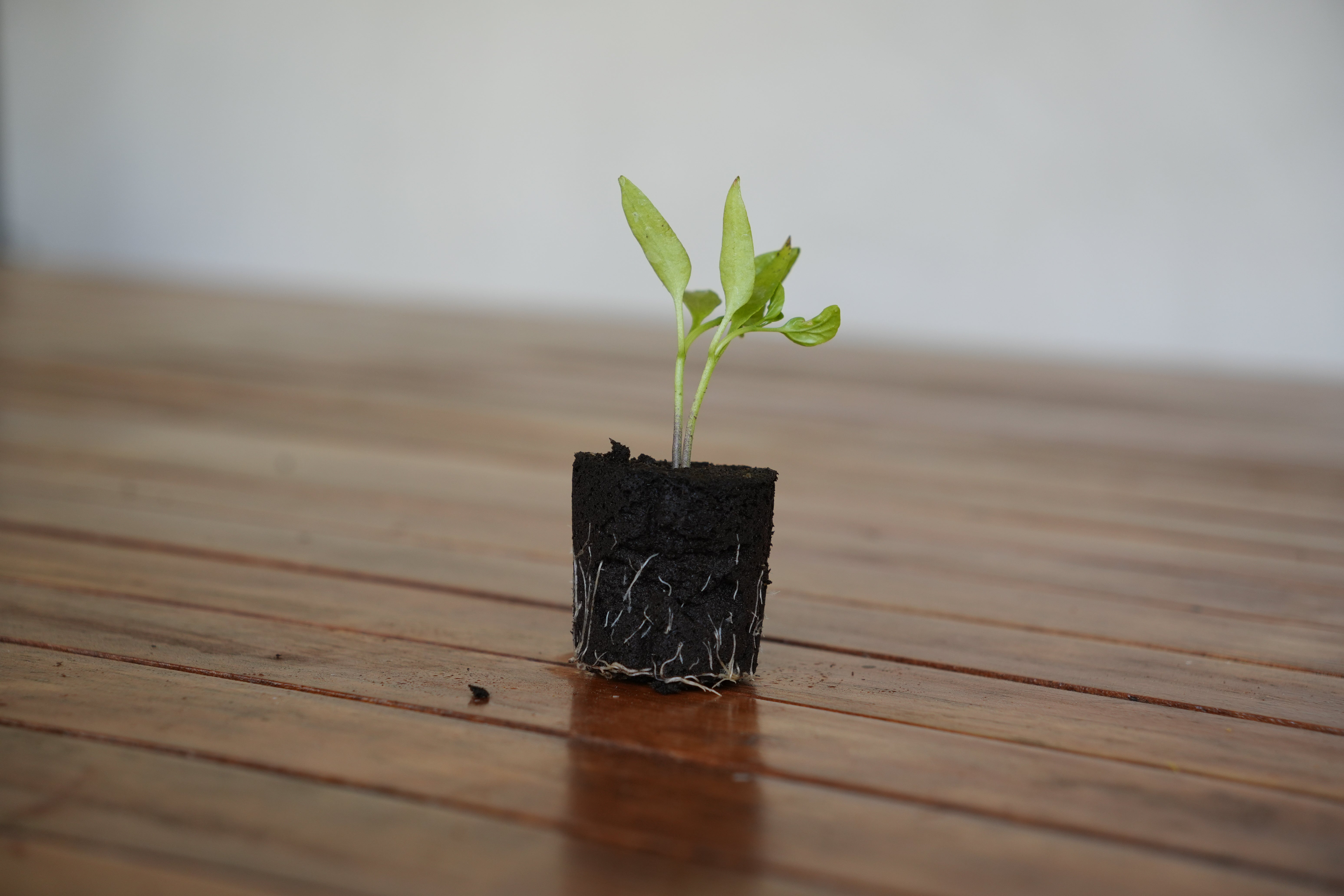
Plant to harvest: 70-85 days
Tip:
Peppers, including jalapeños, are well-suited for hydroponic systems, thriving with a nutrient-rich solution and plenty of light. To ensure a great harvest, you may need to hand-pollinate the flowers since peppers rely on wind or insects for pollination in outdoor environments.
Black-Eyed Pea

Plant to harvest: 60-90 days
Tip:
Black-eyed peas thrive in hydroponic systems, and provide nitrogen to your water tank.Regular harvesting of the pods will encourage continued production.
Banana Pepper
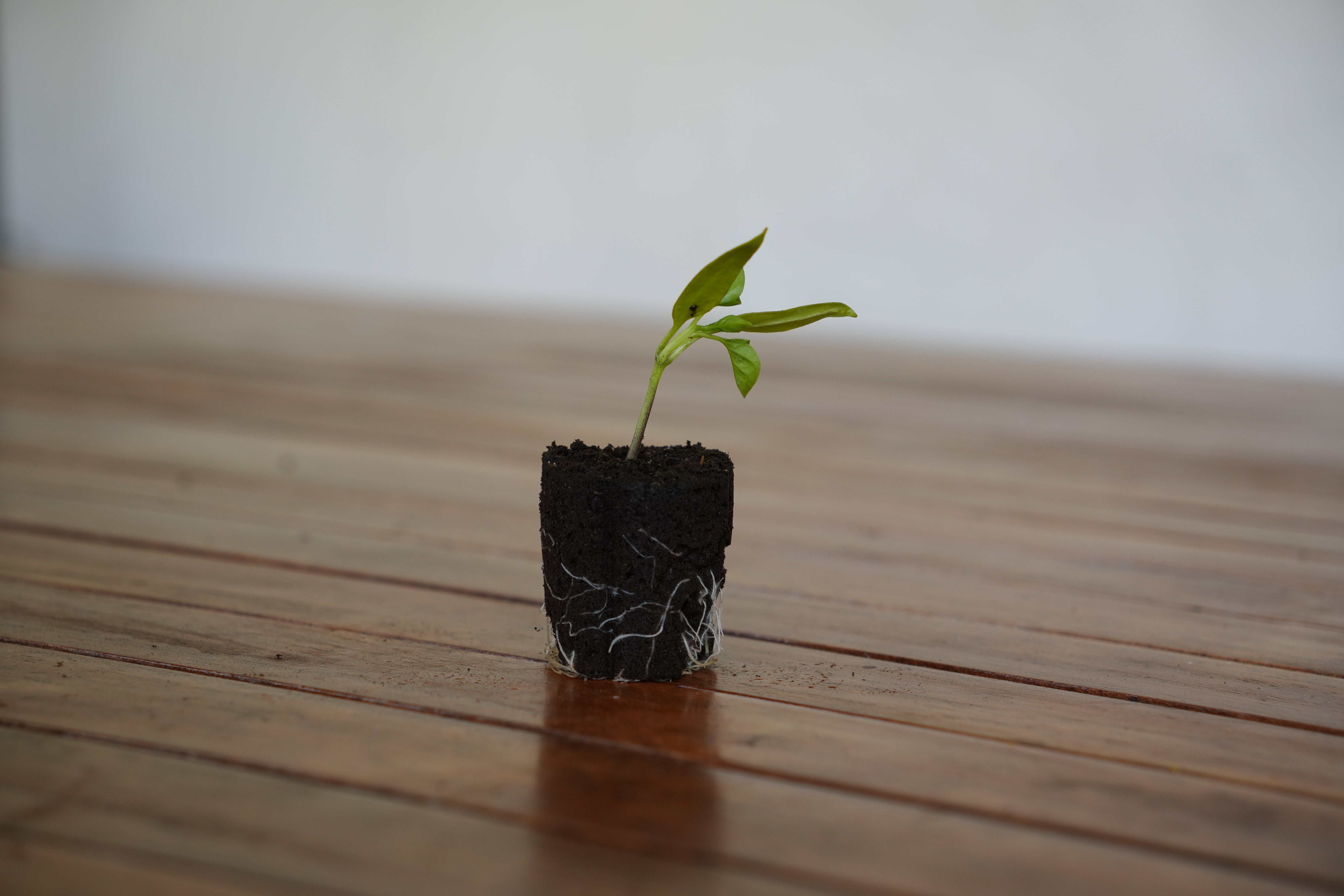
Plant to harvest: 60-75 days
Tip:
This is a heat tolerant banana pepper variety, perfect for tropical hot weather.Pick when yellow for a mild taste or wait until red for more sweetness. Frequent harvesting increases production.To ensure a great harvest, you may need to hand-pollinate the flowers since these plants rely on wind or insects for pollination in outdoor environments.
Thyme

Plant to harvest: 60-85 days
Tip:
Thyme grows extremely well in hydroponic towers. Regularly trim your thyme to encourage bushier growth and strong flavor.
Egyptian Spinach
m

Plant to harvest: 50-60 days
Tip:
Egyptian spinach is resilient and can flourish in hydroponic systems. This plant is great for hot climates. Harvest regularly to encourage new leaf growth and maintain plant health.
Green String Bean - Contender Bush

Plant to harvest: 50-60 days
Tip:
Contender bush beans do well in hydroponics and can provide a good yield in limited space. Ensure proper support if necessary and monitor nutrient levels for optimal growth. To ensure a great harvest, you may need to hand-pollinate the flowers since peppers rely on wind or insects for pollination in outdoor environments.
Cilantro

Plant to harvest: 40-50 days
Tip:
Cilantro grows quickly, regularly trim the leaves to promote bushier growth and prevent the plant from bolting.
Basil
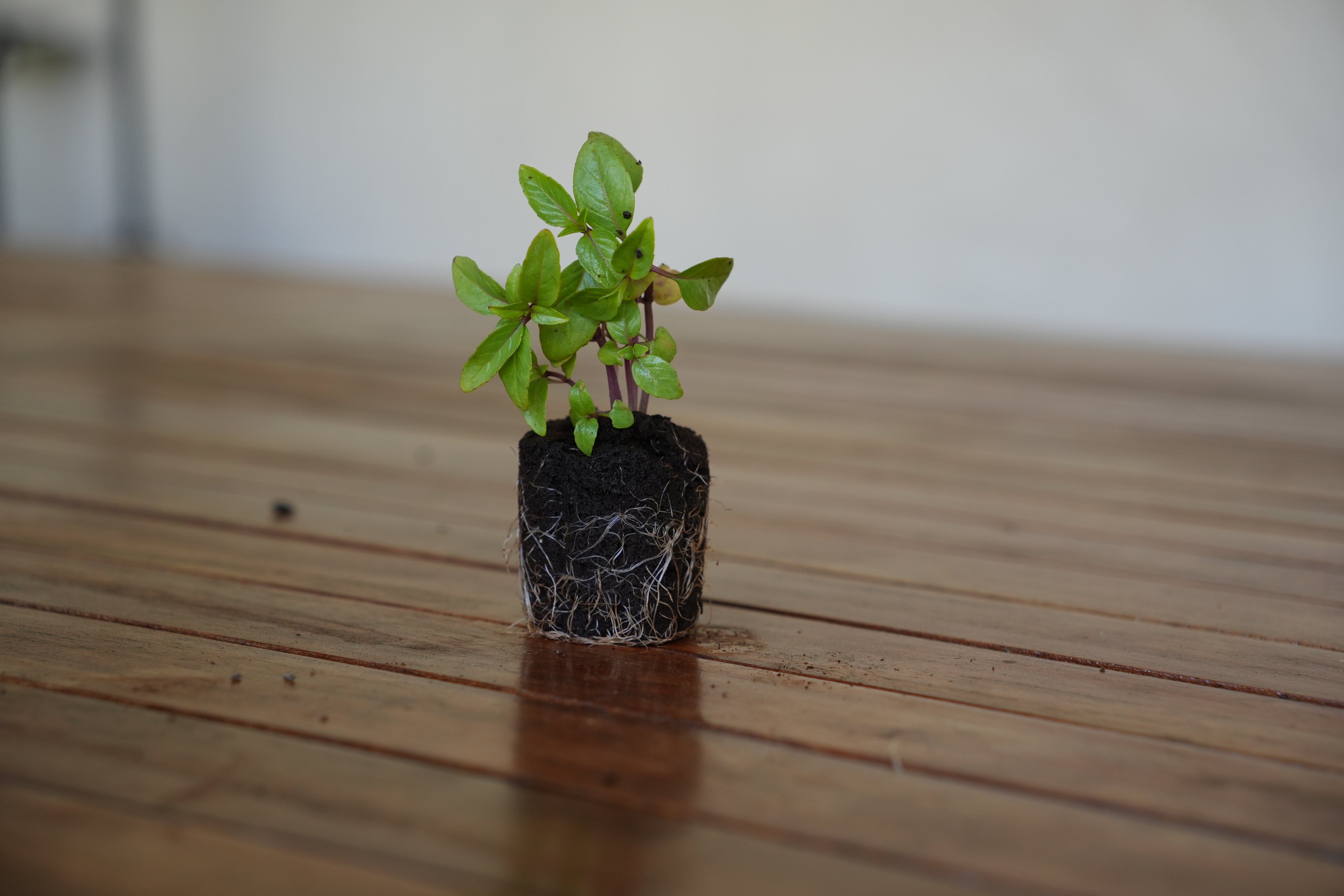
Plant to harvest: 60-90 days
Tip:
Thai basil flourishes with ample light and moisture in a hydroponic setup. Pinching back the tips will encourage bushier growth and more leaves for harvesting.
Marigold

Plant to harvest: 60-90 days
Tip:
Marigolds can thrive in hydroponic setups and help repel pests from your other plants. Make sure they receive adequate light and nutrients to keep them blooming and healthy.
Epazote

Plant to harvest: 50-70 days
Tip:
Use this aromatic herb in cooking to add depth of flavor, and regularly trim leaves to encourage growth.
Canteloupe
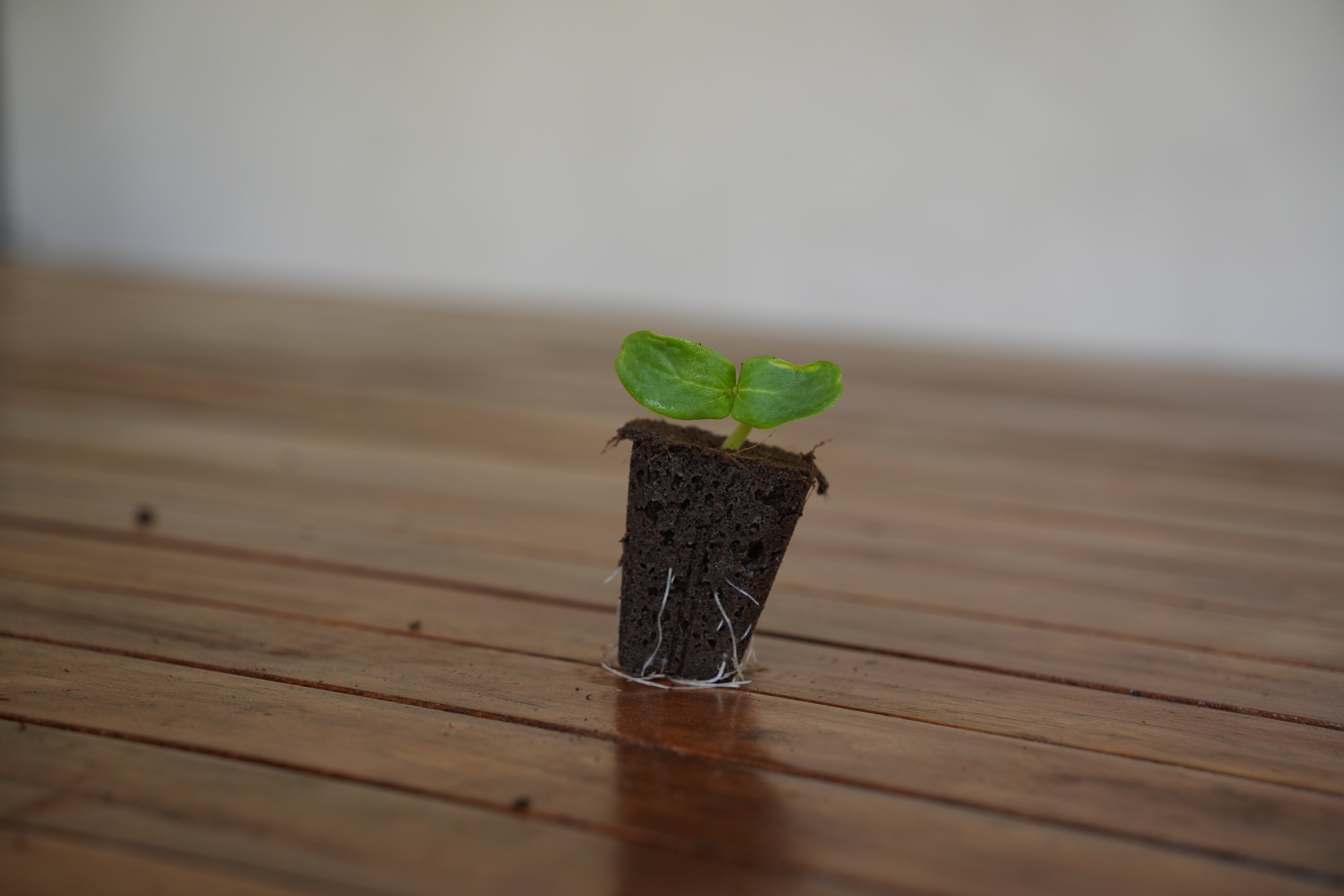
Plant to harvest: 75-90 days
Tip:
Trellising your canteloupe with your hydroponic tower will be the easiest way to prevent the fruit from rotting. If you do not want to trellis your leons, use a melon cradle to avoid rot and pests on the bottom of your fruits.
Lima Bean
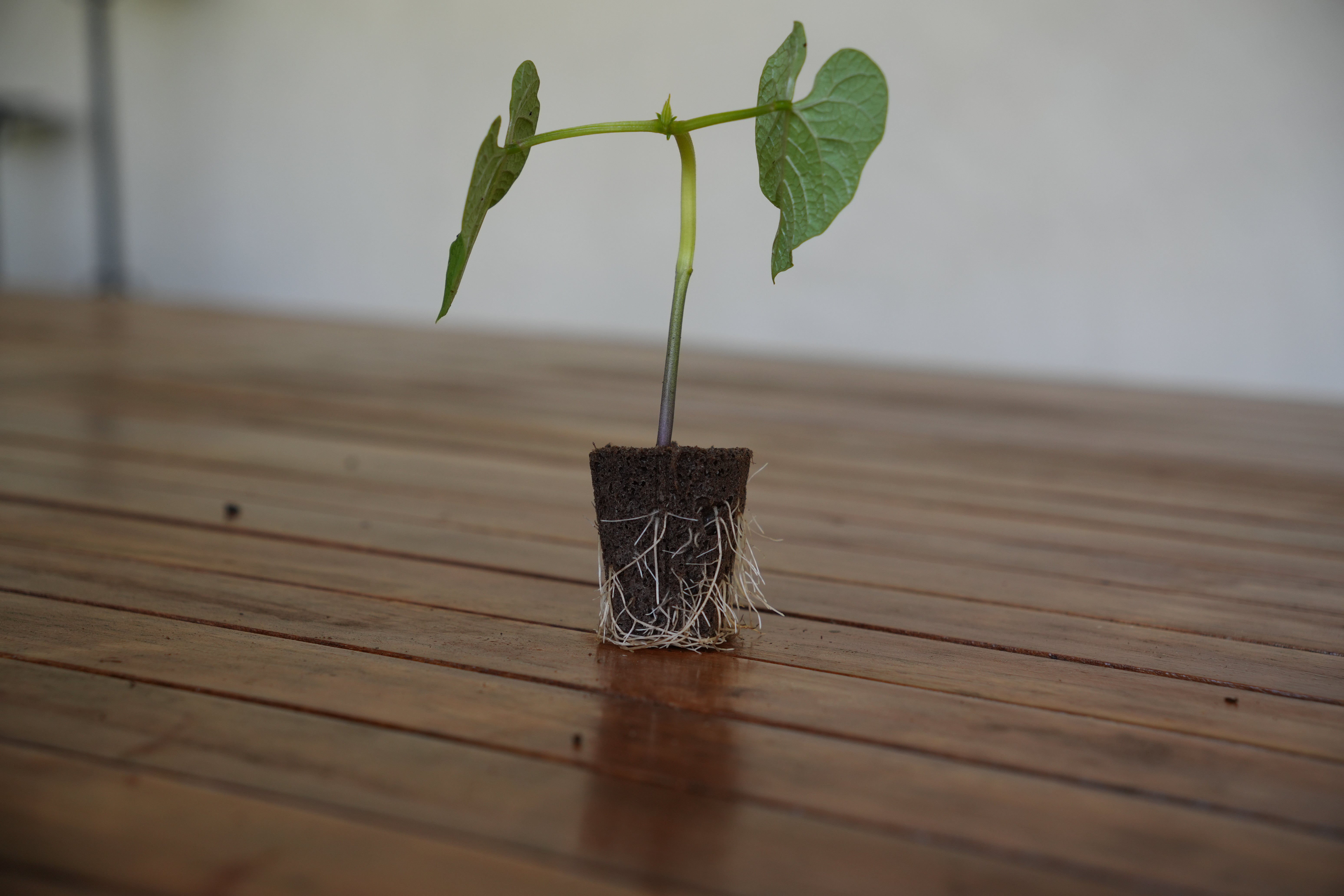
Plant to harvest: 60-90 days
Tip:
Support the vines as they grow to maximize yield and ensure better air circulation.
Lemongrass
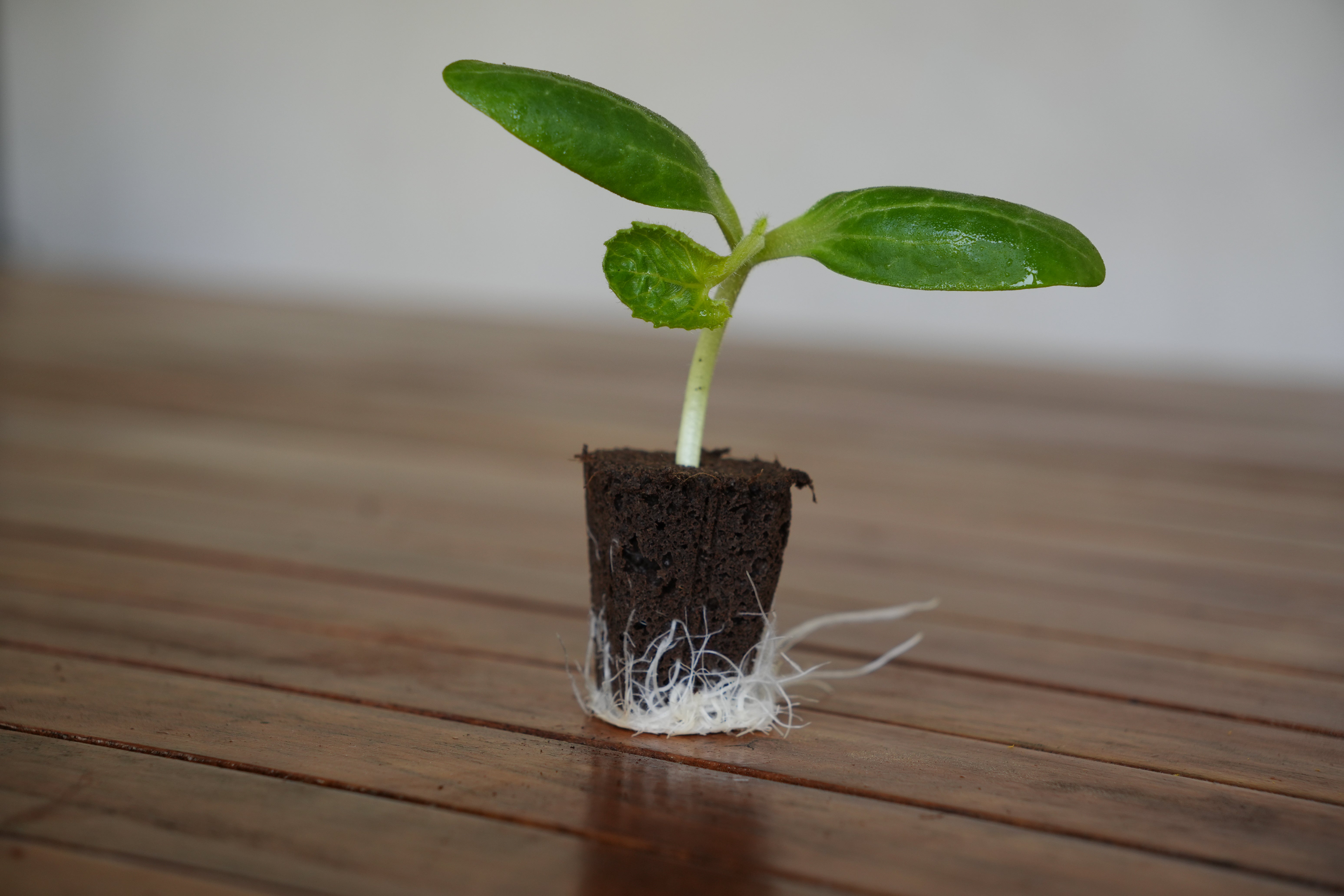
Plant to harvest: 75-100
Tip:
Lemongrass grows best in warm, well-draining soil and benefits from regular watering. Harvest by cutting stalks at the base, selecting outer stalks first to allow inner growth to continue.
Bunching Onion

Plant to harvest: 60-80 days
Tip:
Cut the green tops as needed, and they will continue to regrow for ongoing harvests.
Dwarf Cherry Tomato

Plant to Harvest: 55-70 days
Tip:
This tomato is perfect for hydroponic systems, as it grows to be only 18-24 inches in height. It is also heat
tolerant, and needes 12-16 hours of light per day. Regularly monitor nutrient levels in the water to support fruit
development.To ensure a great harvest, you may need to hand-pollinate the flowers since these plants rely on wind or
insects for pollination in outdoor environments.
Cucumber - Spacemaster bush

Plant to Harvest: 50-60 days
Tip:
Use a trellis in your hydroponic tower to support the bush cucumbers as they grow upward, saving space and improving airflow. For indoor towers, the lights and structure provide a good trellis naturally. To ensure a great harvest, you may need to hand-pollinate the flowers since these plants rely on wind or insects for pollination in outdoor environments.
Tuscan Kale

Plant to Harvest:
50–65 days
Tip:
Cold-tolerant and ideal for towers. Harvest outer leaves regularly; thrives in well-oxygenated water.
Malabar Spinach

Plant to Harvest:
60–75 days
Tip:
Loves heat and humidity. Trellis vertically and harvest continuously to prevent overgrowth.
Bell Pepper

Plant to Harvest:
60–80 days
Tip:
Needs strong sun. Use Dutch buckets or large net pots. Support stems and maintain EC between 2.0–3.5.
Collard Greens

Plant to Harvest:
50–70 days
Tip:
This is a heat tolerant bell pepper to prepare for warm summer months. Bell peppers thrive in full sun and require consistent moisture to prevent stress. Avoid overwatering, as this can lead to root rot—let the soil dry slightly between waterings.
Mustard

Plant to Harvest:
35–50 days
Tip:
Very fast grower. Pick young leaves early to avoid bitterness. Performs well in NFT or towers.
Jalapeno

Plant to Harvest:
60–75 days
Tip:
Productive in sun-rich setups. Requires good airflow and occasional pruning for airflow and shape.
Endive

Plant to Harvest:
65–85 days
Tip:
Best flavor when grown in cooler outdoor temps. Blanch heads by tying leaves or harvesting earlier.
Swiss Chard – Bright Lights

Plant to Harvest:
45–60 days
Tip:
Thrives in warm hydro systems. Harvest outer leaves weekly and maintain root zone temp stable.
Snacking Pepper

Plant to Harvest:
55–70 days
Tip:
Compact plants do great in hydro. Ensure consistent sun and nutrients to produce sweet, crunchy pods.
Basil

Plant to Harvest:
45–60 days
Tip:
Quick-growing in outdoor hydro. Pinch often to delay flowering and boost leaf production.
Thyme

Plant to Harvest:
60–75 days
Tip:
Slower to mature, but does well outdoors. Keep roots from staying soggy and harvest tips to encourage new growth.
Marigold

Plant to Harvest: 60-90 days
Tip:
Marigolds can thrive in hydroponic setups and help repel pests from your other plants. Make sure they receive adequate light and nutrients to keep them blooming and healthy.
Asian Delight Bok Choy

Plant to Harvest:
35–50 days
Tip:
Performs well in cold temps. Ideal for vertical or raft systems. Harvest whole or outer leaves as it matures.
Protect from frost with light row cover.
Butter Lettuce

Plant to harvest: 45–60 days
Tip:
Thrives in cooler temps. Grow in raft or NFT systems. Provide wind protection and maintain stable root temps.
Mustard

Plant to harvest:
35–50 days
Tip:
Excellent for winter. Harvest young for tender flavor; cold makes leaves milder.
Red Russian Kale

Plant to harvest:
45–55 days
Tip:
This variety has frilly, purple-veined leaves and is one of the most tender types of kale for raw eating. Grows very
quickly, harvest outer leaves consistently to encourage fresh growth from the center.
Tuscan Kale

Plant to harvest:
50–65 days
Tip:
Hardy and productive in cold. Roots stay active in raft/NFT systems. Frost improves taste and texture.
Collards

Plant to harvest:
50–70 days
Tip:
Grows steadily through cold spells. Tower systems give good airflow. Harvest bottom leaves and monitor for pests
under leaves.
Bright Lights Swiss Chard

Plant to harvest:
45–60 days
Tip:
Resilient in cold weather. Mulch or insulate around base if grown in exposed areas. Use raft or NFT setups.
French Filet Bush Beans

Plant to harvest:
50–60 days
Tip:
Sensitive to frost—use early in winter in protected spots. Grow in buckets with coco coir. Support stems and pick
young for best texture.
Fordhook White Swiss Chard

Plant to harvest:
45–60 days
Tip:
Strong performer in low temps. Harvest outer leaves and leave inner ones to continue growing. Mulch root zone if
outdoors.
Baby Broccoli

Plant to harvest:
55–70 days
Tip:
Compact and cold-tolerant. Grow in towers or Dutch buckets. Harvest central head first, then side shoots.
Black Turtle Bush Bean

Plant to harvest: 70–85 days
Tip:
Beans dislike cold. Only grow early winter or with protection. Use well-drained containers and harvest dry pods.
Bunching Onion

Plant to harvest:
50–70 days
Tip:
Can be grown year-round. Harvest at any size depending on preference. Bunching onions (also known as scallions or
green onions) are a fantastic addition to warm weather gardens, especially for gardeners looking for a
low-maintenance, quick-growing crop.
Everleaf Genovese Basil

Plant to harvest:
45–60 days
Tip:
Sensitive to cold. Grow in insulated containers or under plastic. Use grow lights if days are too short. Pinch
often.
Red Leaf Lettuce

Plant to harvest: 45-55 days
Tip:
Lettuce requires consistent watering to keep the leaves crisp and tender, so avoid letting the soil dry out. For a
continual harvest, trim the outer leaves regularly, allowing the inner leaves to grow and stay fresh longer.
Jack B Little Mini Pumpkin

Plant to harvest:
85–100 days
Tip:
Provide full sun and protect vines with clear plastic domes or low tunnels to maintain warmth. Pollinate flowers
manually due to low insect activity.
Garden Layout
Get ready to transform your space into a vibrant veggie haven! We’ve put together a simple yet effective garden layout that will help you maximize your area and grow a variety of fresh, delicious vegetables. Whether you have a small yard or just a balcony, this layout is designed to make gardening easy and enjoyable for everyone. Let’s dive into your gardening journey!






